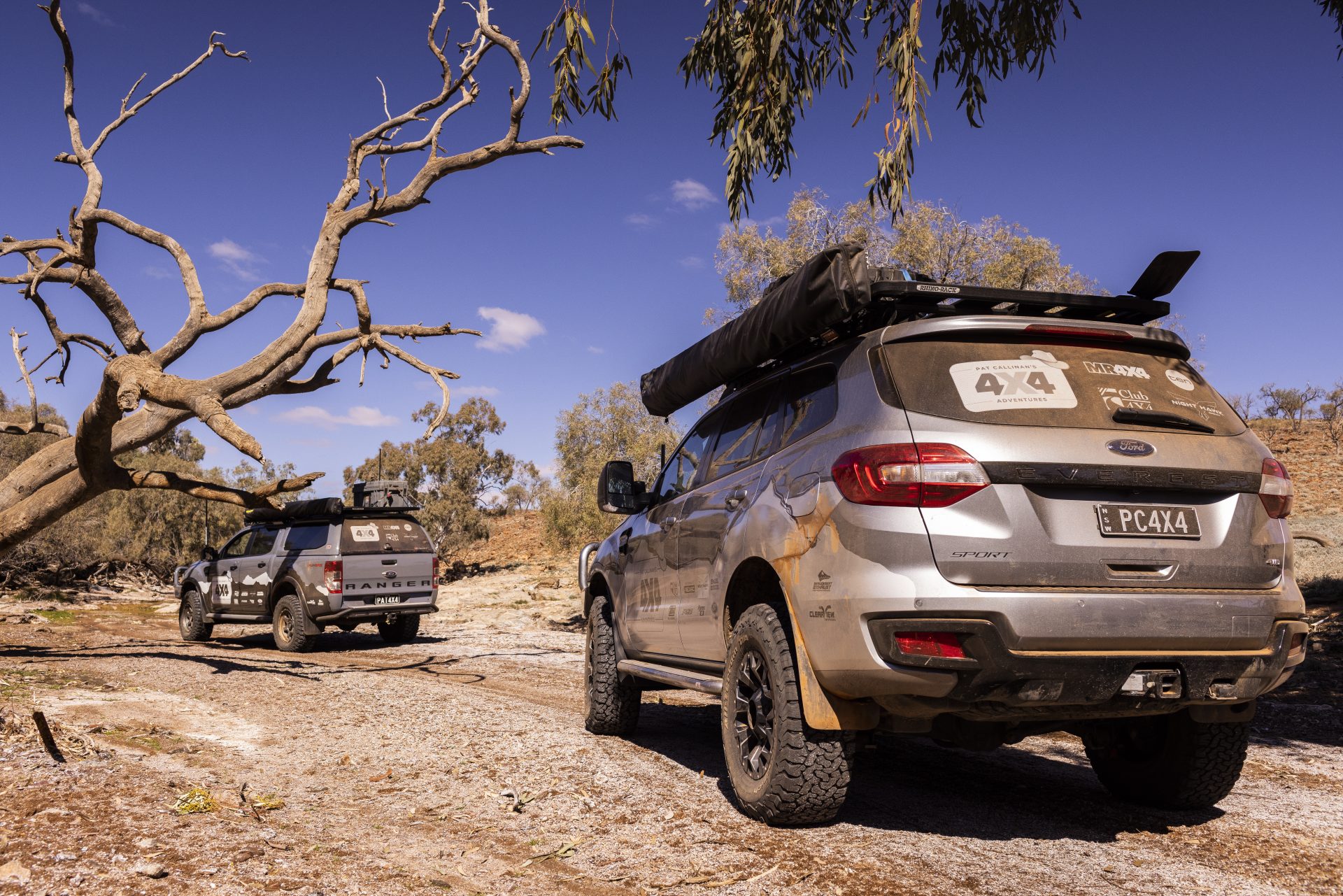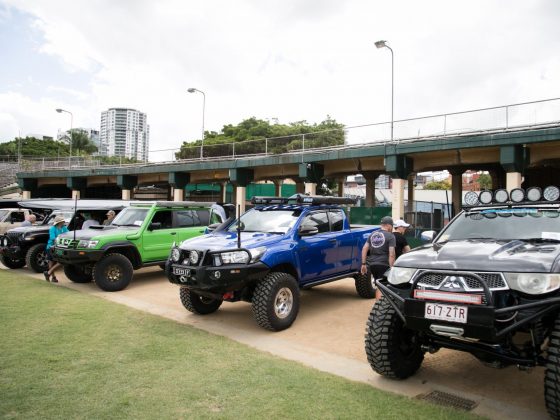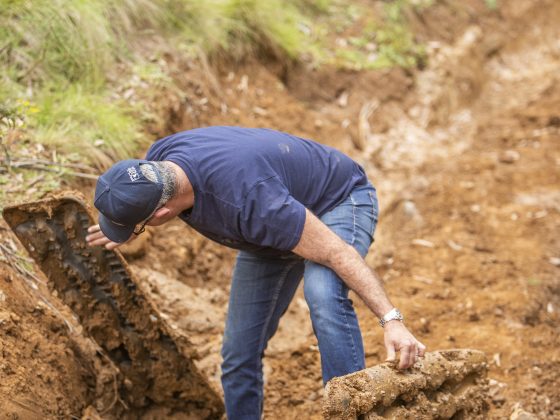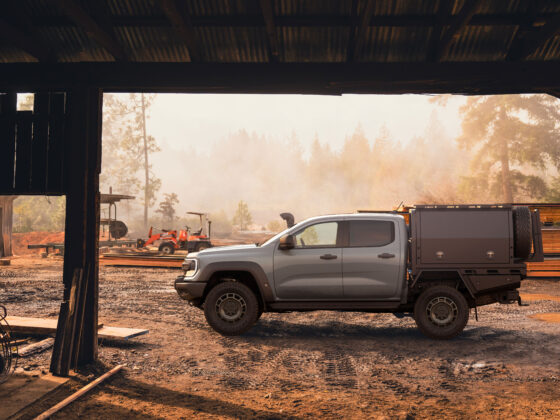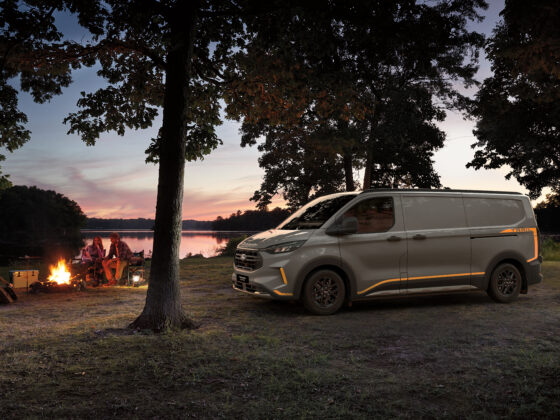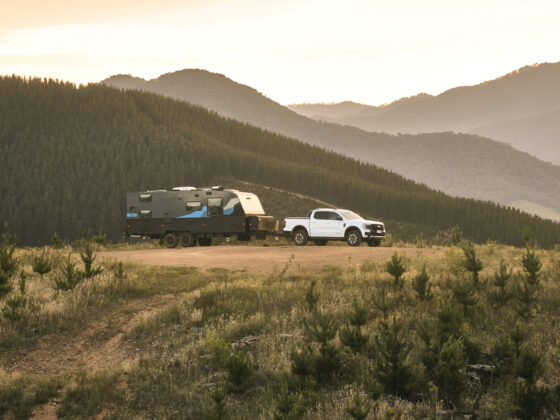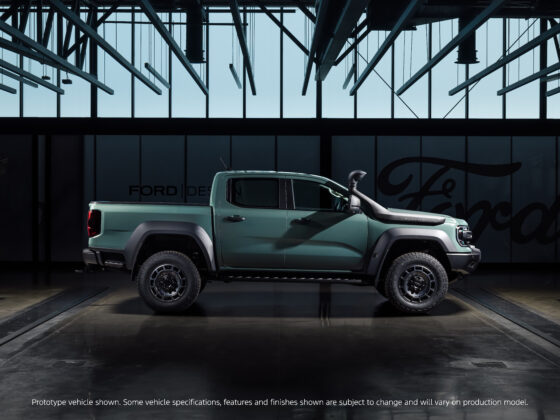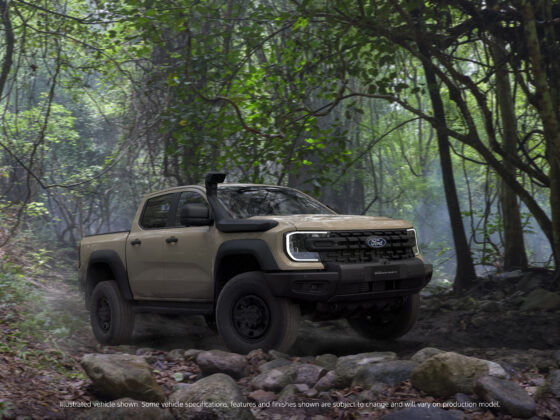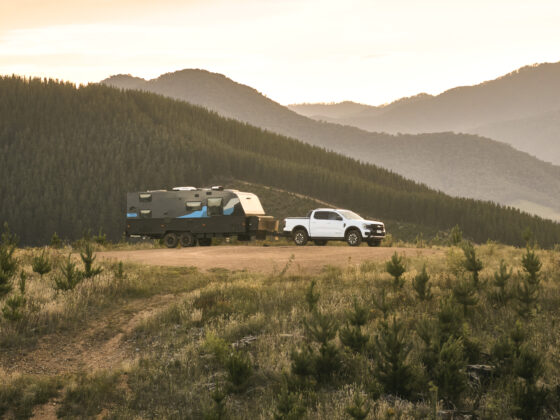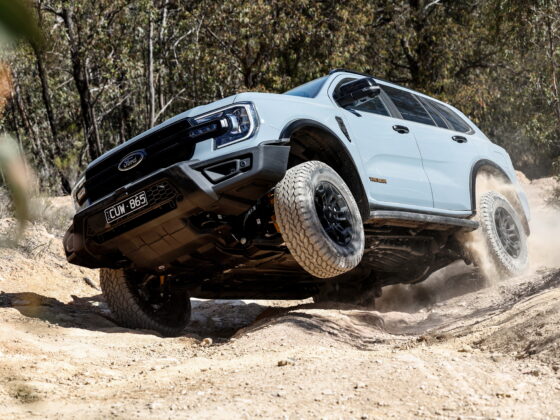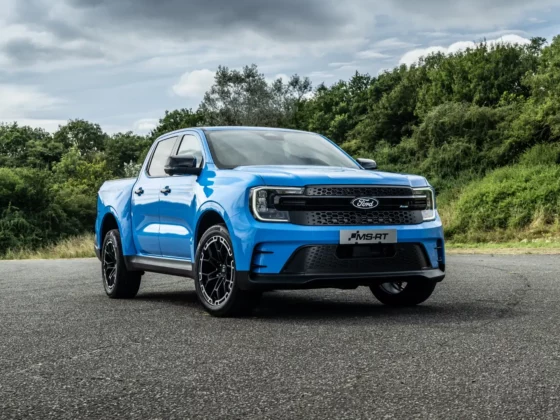Not quite the passionate and tribal battle of Nissan vs Toyota, or Ford vs Holden; but more of an important decision to be made when you’re setting yourself up for life off road. How do you choose between a wagon v ute? Well, it’s actually quite simple if you just consider the facts.
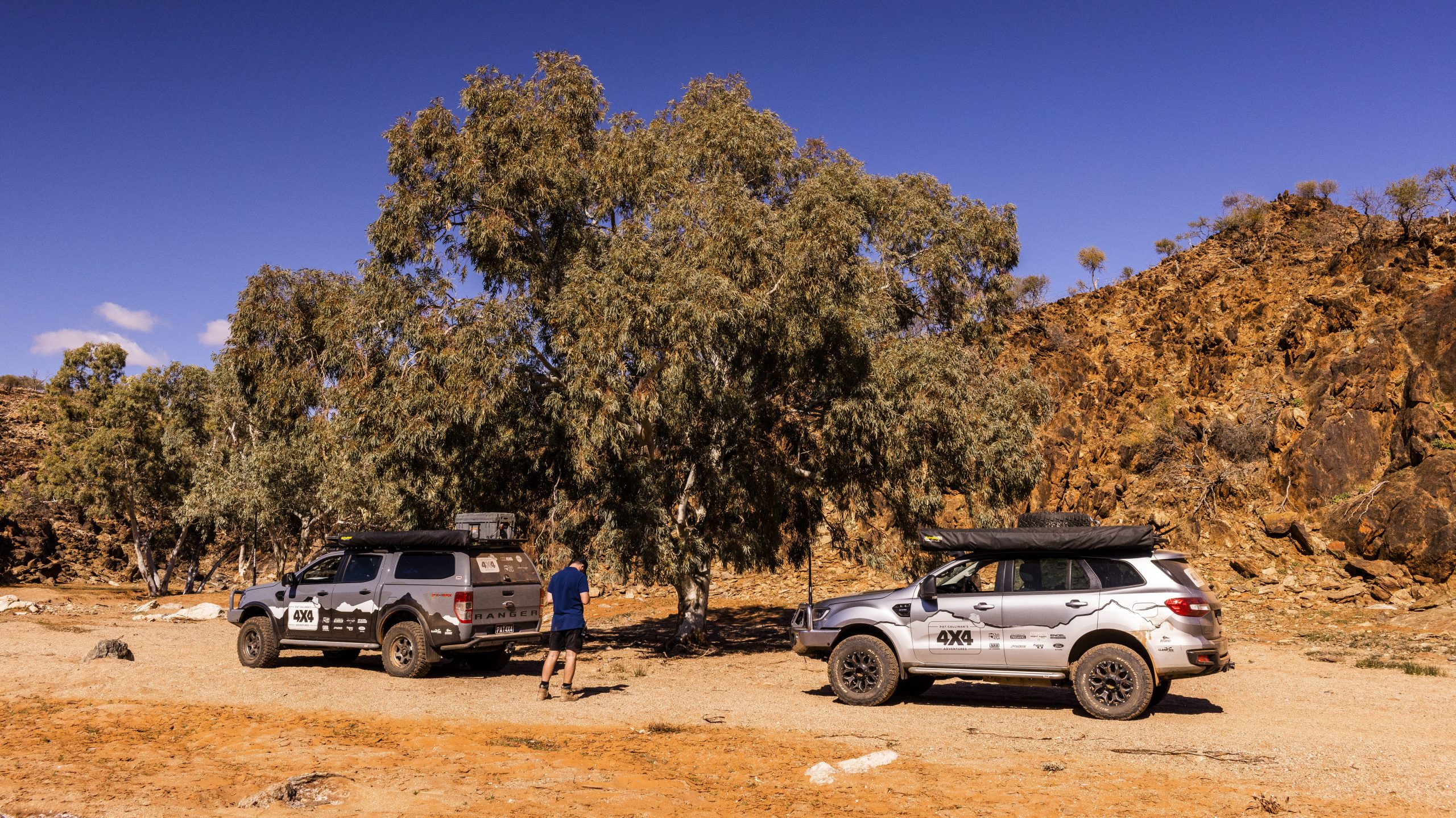
Fit for purpose
This is basic common sense but can be easily overlooked if you let your emotions get involved. Do your needs immediately rule out one or the other? If you’re a tradie, can you work out of a wagon? If you commute to an office, do you want to be parking a long dual cab ute every day? If you’re a family of eight, you’re not fitting in a ute are you?
Gone are the days of utes being purely for tradies; they are a full-blown family car, with the versatility of having that extra cargo space, and bigger payload. You typically get all the same features of the wagon in terms of interior ergonomics and technology, plus you can pick up a pallet of turf for the backyard come spring.
So the utes have come a long way in a short time, but the wagons haven’t been left behind. Features once reserved for the higher end marques have found their way into the lower trim levels, suspension set ups have been refined, and drivelines are eons ahead of what they once were. This current breed of 4WD wagons are seriously nice vehicles to drive. If you do a lot of miles, this has got to be a consideration. As good as a ute can be, a wagon will always be nicer to drive.
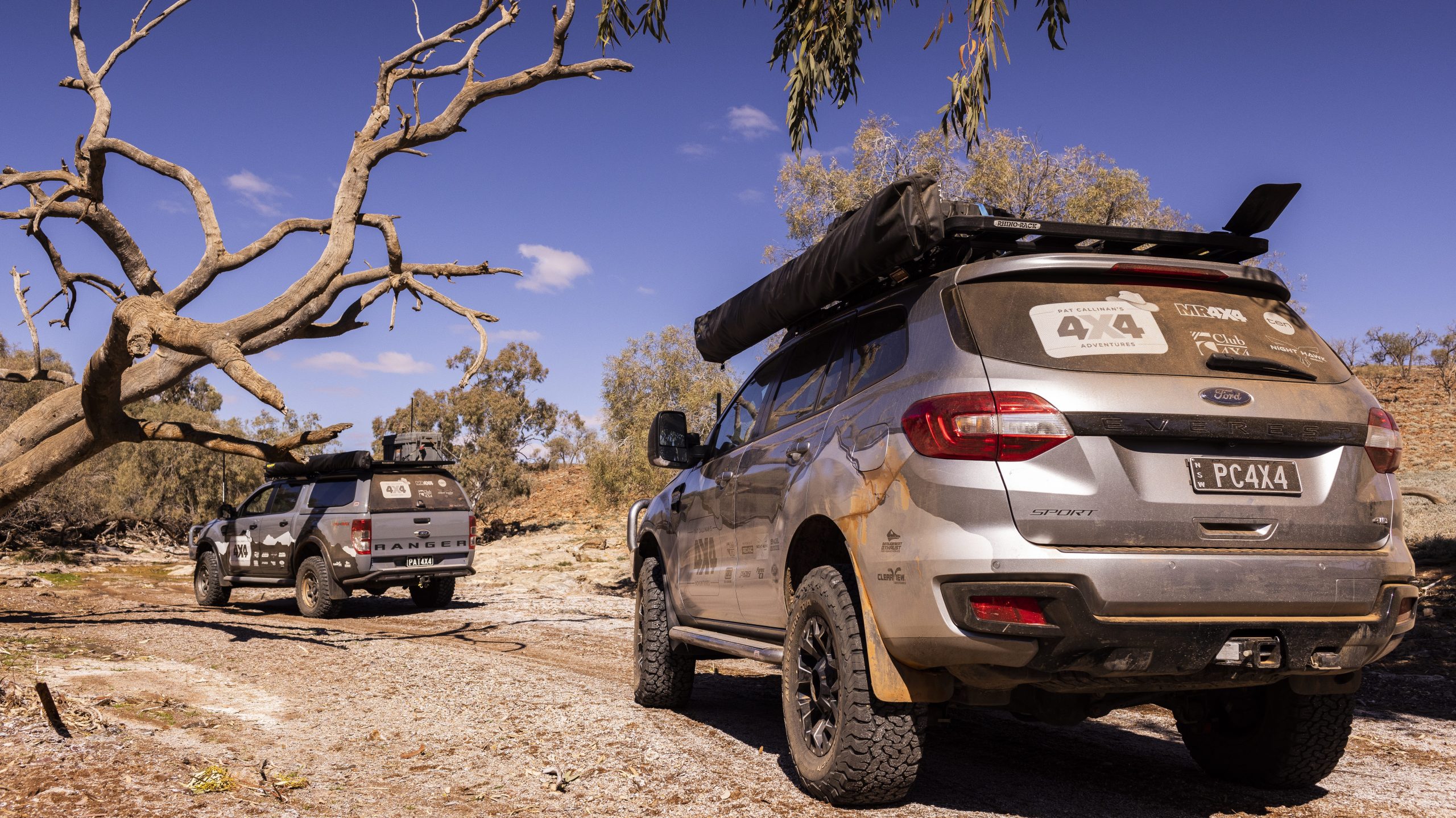
But what about weights? GVM is a pretty hot topic these days, so what does that mean for me? It basically means you need to be very aware of the payload of your vehicle. If your GVM is 3800kg, and the vehicle’s tare weight is 2800kg, your payload is a tonne. Subtract the weight of your occupants, and you then know how much weight you can lug around. Always bear in mind that if you tow a trailer of any kind, the ball weight of that trailer is part of your payload and this is an area Utes typically excel.
The family
We’ve all got different needs here. Got five kids? Easy, you need a wagon so you’ve got a third row of seats. Grey nomads planning a big lap? The world is your oyster, so this point won’t be such a consideration.
If you are lugging a family around, you’ve got to remember that the kids aren’t getting any smaller – they need room to grow. Are you planning on having more kids? Maybe that extra row of seats will be necessary soon. If this vehicle is also your daily drive, what if the kids have friends over? Or you’re carpooling to sport on the weekend? If that’s a major consideration for you, forget having a ute.
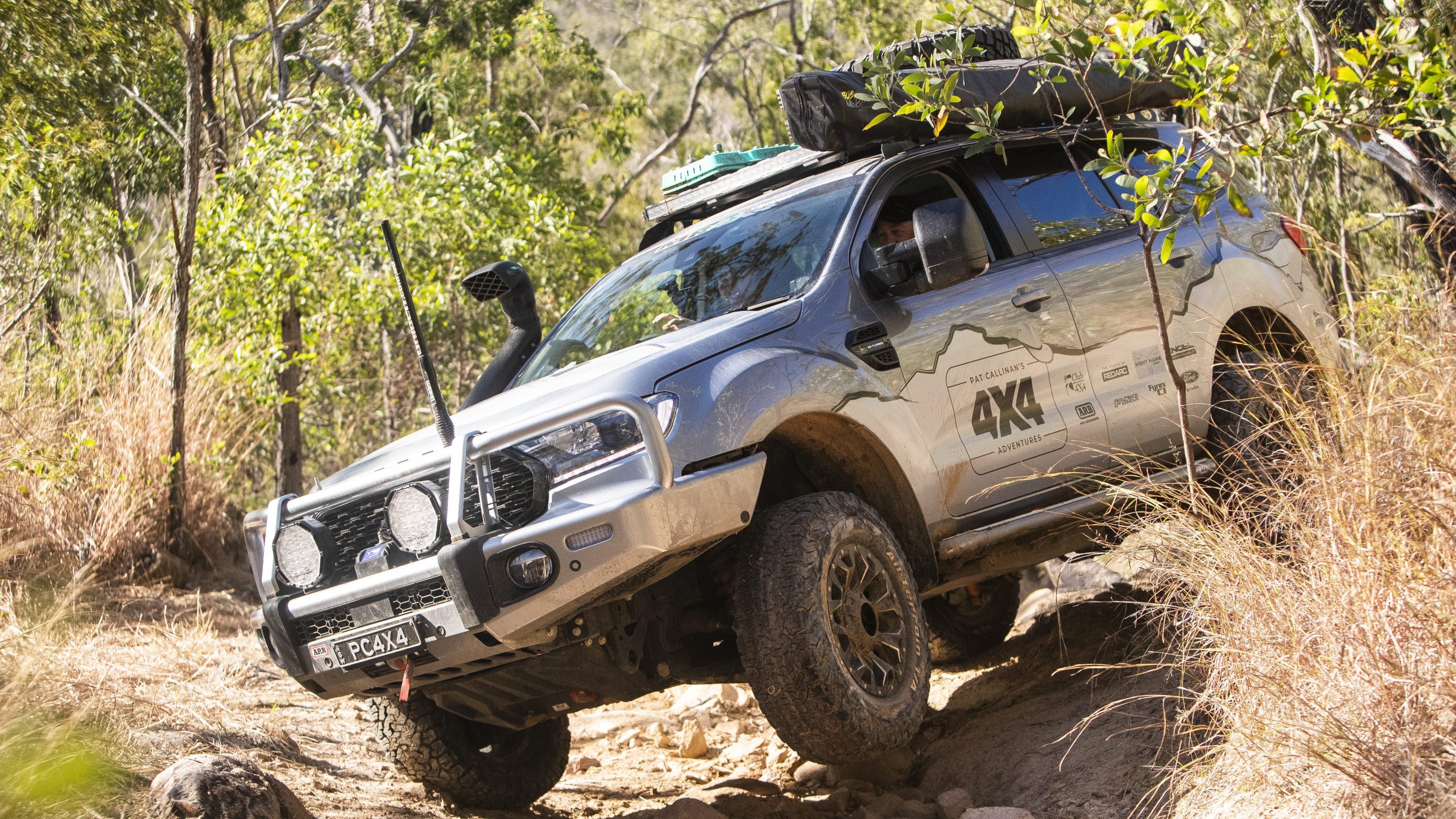
If the family has left the nest, and you’re ready to spend your super on a car and caravan for you and your partner, go and pick your caravan first. Let that dictate what vehicle you need. You might find that a fifth wheeler suits your needs best, so you need a ute to tow it. Don’t find that out after you’ve just taken delivery of your shiny new Ford Everest.
How do you camp?
If you’re a couple with a swag and an esky, you can camp out of any vehicle. If you’re a nuclear family home schooling the kids from your 3t caravan in the Kimberleys, that can be an issue. You need a vehicle that can not only pull the weight, but do it within the legal weights the manufacturer has specified. If there’s no 4WD that can do that out of the box, you can look at a GVM upgrade to keep you legal. There’s no hard and fast rule here, but
generally a vehicle with leaf springs in the rear (like a ute) will be easier and cheaper to upgrade to a higher GVM than a vehicle with a coil spring rear (most wagons).
If you are towing, you’re likely to find that a vehicle with a longer wheelbase offers more stability on the road than the shorter wheel base alternatives. Typically, this will mean that a dual cab ute will outperform the equivalent wagon on the highway with the caravan in tow. On the flip side, if you need to get through tight and windy tracks, a shorter wheelbase might be better for you.
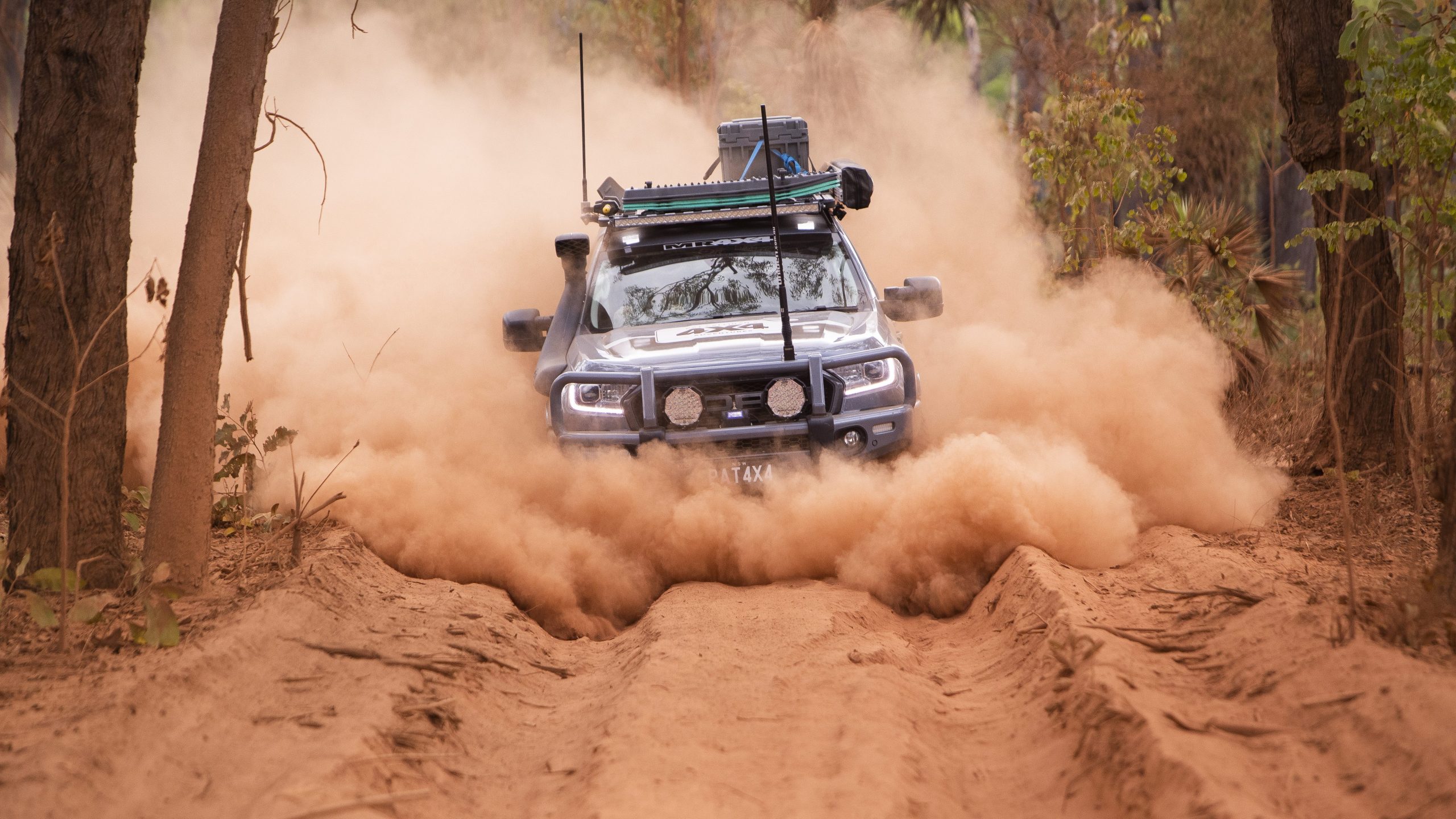
The rough stuff
You just want the most capable 4WD you can get from the factory. A wagon is king here for capability owing to the fact the axles are closer together, and the rear is typical coil sprung. As usual, though, that’s a generalisation and not true for everyone. If you go and buy a single cab 4×4 Ford Ranger with an alloy tray, you might not have the perfect off-road suspension set up, but you’ve got a lot less body work to worry about – rubbing your tray on the side of a rut isn’t ideal, but it would be a lot worse if it was the rear quarter of your wagon.
So how do I pick?
It really is horses for courses, isn’t it? We reckon the best way to attack it is to write a list of all the features you need to have, and those that are nice to have. Compare your chosen ute and wagon options side by side and figure out which one ticks the most boxes. See, we said it was simple



